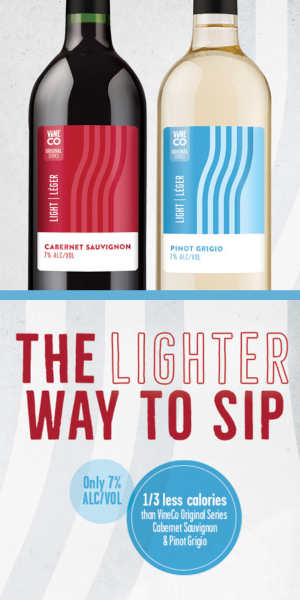Hmmm, it sounds like you’ve got a little bit of sugar left there. I would start, however, with a quick check of your numbers to be sure. A °Brix of -1.0 (0.995 specific gravity) is where “dryness” starts when measuring with a hydrometer. Please make sure you are temperature-correcting your hydrometer reading. If your juice/wine is too warm, the hydrometer will sink more than it should because the wine is less dense than it would be at colder temperatures and will show an artificially high Brix reading. Hydrometers are calibrated for 68 °F (20 °C), and you will need to add or subtract to your reading when the wine’s temperature is on either side. You can find online hydrometer corrector calculators, which will also handily help you compensate for the increased alcohol level, based on your original Brix.
You should also try running a Clinitest trial, which will give you an estimate of the residual sugar you have left (to learn more about this method, check out the “Techniques” column “Measuring Residual Sugar” from the April-May 2002 issue of WineMaker). Your friendly neighborhood (or online) home winemaking supply store should be able to hook you up with the necessary goods.
Once you’ve confirmed that you actually do have residual sugar, your next question is what to do about it. Four months is far too long for a primary (sugar) fermentation to go on, and at that point I would say that your odds at re-starting it are slim. I also find that doing a re-start when residual sugar levels are that low will often just spoil the aroma and mouthfeel of the wine and so at this point I think that you should just do a sterile nominal (0.45 micron) filtration and adjust free SO2 to 30 ppm or so.
What made your fermentation stick? Stuck and sluggish fermentations are a huge topic and their possible causes have been covered many times in WineMaker magazine over the years. From the information you gave me about your situation, I think we can rule out your yeast choice. QA23 is not a nutrient hound and can ferment at some pretty cool temperatures, so I don’t think you chose poorly there. It also sounds like you did all the right things getting the fermentation the correct nutrients as well as initial fermentation conditions.
Your pH and TA numbers are a little odd, however. I agree with you, I would expect a pH of 2.95 to yield a TA much higher than 0.45. Sometimes yeast will struggle with a juice or must that is too acidic and for a white wine; I think 2.95 is pushing it a little. I like to start my Sauvignon Blancs off with a pH around 3.30 or so. Is 2.95 too tart for the yeast and is that what caused your fermentation to be incomplete? I would say probably not, but it might make the yeast cells a little “cranky.”
I wonder if, like you suggest, the supplier did something to retard fermentation during shipping. Two things come to mind: sulfur dioxide and potassium sorbate. Do you know what your starting SO2 was? It’s possible the grower added a large amount in order to retard oxidation and fermentation during shipping, and the levels were so high that it affected the health of your yeast. Add your low pH, which will make even more of the sulfur dioxide “active” and it’s possible your yeast really were feeling it. SO2 at very high levels can be inhibitory and even toxic to yeast. It’s also possible that the juice had potassium sorbate, which is a yeast inhibitor, added to it as an anti-fermentative agent before shipping. Unfortunately, sorbate does a great job at helping keep sweet wines from re-fermenting (which is its more common use in winemaking) but also can obviously prevent a healthy fermentation! In the future, I would be sure to ask more questions of your juice supplier this spring. You could also look at buying juice from someplace that will deliver it frozen. By using cold rather than chemicals, you’ll have a better chance at having happy yeast and a healthy and complete fermentation.




